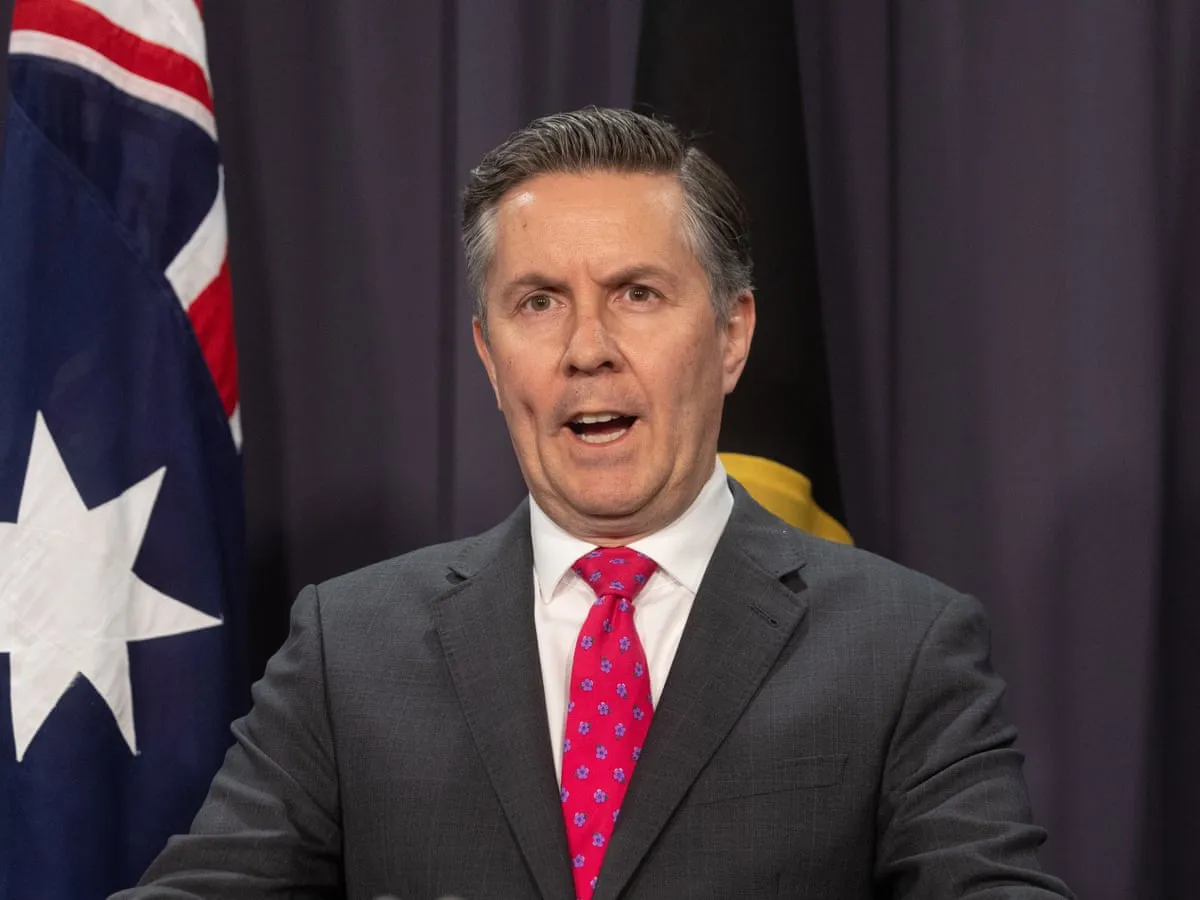In recent years, Australia’s private health sector has faced significant challenges, prompting urgent discussions between government officials, private hospitals, and health insurers. A pivotal meeting of CEOs was scheduled for Friday, following Health Minister Mark Butler’s call for “immediate steps” to increase payments from insurers to private hospitals to enhance patient care. This initiative centers on the benefits ratio—a metric indicating the proportion of premium income insurers return to policyholders as benefits—which has historically been around 90% but has declined to as low as 83% in recent years. This decline has raised concerns about the sustainability and quality of private healthcare services in Australia.
Understanding the Benefits Ratio
The benefits ratio is a critical indicator of how much of the premiums collected by health insurers are returned to policyholders in the form of benefits. A higher benefits ratio signifies that a larger portion of premiums is being used for patient care, reflecting better value for consumers. Historically, Australia’s health insurers have maintained a benefits ratio of approximately 90%, meaning 90 cents of every dollar collected were returned to members as benefits. However, recent data indicates a decline, with some insurers’ ratios dropping to as low as 83%
Factors Contributing to the Decline
Several factors have contributed to the decreasing benefits ratio:
1. Rising Healthcare Costs: The cost of medical treatments, hospital stays, and advanced medical technologies has been on the rise, increasing the financial burden on insurers.
2. Administrative Expenses: Higher administrative and operational costs have led insurers to allocate a smaller portion of premiums to direct patient benefits.
3. Profit Margins: Some insurers have prioritized maintaining or increasing profit margins, potentially at the expense of returning premiums to policyholders.
Government Intervention and Premium Increases
In response to these challenges, the Australian government has taken steps to address the situation. Labor recently approved a 3.73% increase in annual health insurance premiums ahead of the next federal election. This decision aims to ensure the financial viability of private hospitals and maintain the quality of care provided to patients.
The Impending CEO Forum
Health Minister Mark Butler has given CEOs of private health insurers a three-month deadline to negotiate a more generous funding deal for private hospitals. Failure to reach an agreement could result in unspecified regulatory actions. Butler emphasized the urgency of the situation, stating that the private hospital sector faces challenges that require collaboration between hospitals and insurers.
Implications for Policyholders
The decline in the benefits ratio and the subsequent premium increases have significant implications for policyholders:
Policyholders may face higher out-of-pocket expenses due to rising premiums and potentially reduced benefits.
If private hospitals struggle financially, it could lead to reduced availability of certain services, longer waiting times, or even the closure of facilities.
Consumers may feel they are not receiving adequate value for their premiums, leading some to reconsider their private health insurance coverage.
The Role of Regulatory Bodies
To ensure that the interests of patients are prioritized, Butler has sought advice from the Australian Competition and Consumer Commission (ACCC) and the Australian Prudential Regulation Authority (APRA) on potential regulatory actions if insurers and hospitals fail to reach a satisfactory agreement. These regulatory bodies play a crucial role in overseeing the financial practices of insurers and protecting consumer interests.
The Broader Context: Healthscope’s Financial Crisis
The urgency of these discussions is underscored by the financial crisis facing Healthscope, one of Australia’s largest private hospital operators. Healthscope, burdened with over $1.6 billion in debt since its acquisition by Canadian private equity fund Brookfield in 2019, has been forced to hire KordaMentha to develop a contingency plan. The company’s financial struggles highlight the broader challenges within the private healthcare sector and the need for immediate action.
An agreement within the stipulated three-month period, the government may consider several regulatory actions:
Implementing a minimum benefits ratio that insurers must adhere to, ensuring a higher portion of premiums is returned to policyholders.
Introducing caps on premium increases to protect consumers from significant financial burdens.
Requiring insurers to provide clearer information about how premiums are allocated, enabling consumers to make more informed choices.
The Importance of Collaboration
Addressing the challenges in Australia’s private health sector requires collaboration among all stakeholders:
Setting regulatory frameworks that ensure fairness and protect consumer interests.
Balancing profitability with the need to provide value to policyholders.
Ensuring the delivery of high-quality care while maintaining financial sustainability.
The decline in the benefits ratio and the financial challenges facing private hospitals like Healthscope underscore the need for immediate action in Australia’s private health sector. The upcoming CEO forum represents a critical opportunity for insurers and hospitals to collaborate and develop solutions that prioritize patient care and ensure the sector’s sustainability. With potential regulatory actions looming, the outcomes of these negotiations will have lasting implications for policyholders and the broader healthcare system.
FAQs
1. What is the benefits ratio?
The benefits ratio indicates the proportion of premium income that health insurers return to policyholders as benefits. A higher ratio means more of the premiums are used for patient care.
2. Why has the benefits ratio declined?
Factors include rising healthcare costs, increased administrative expenses, and insurers prioritizing profit margins.























